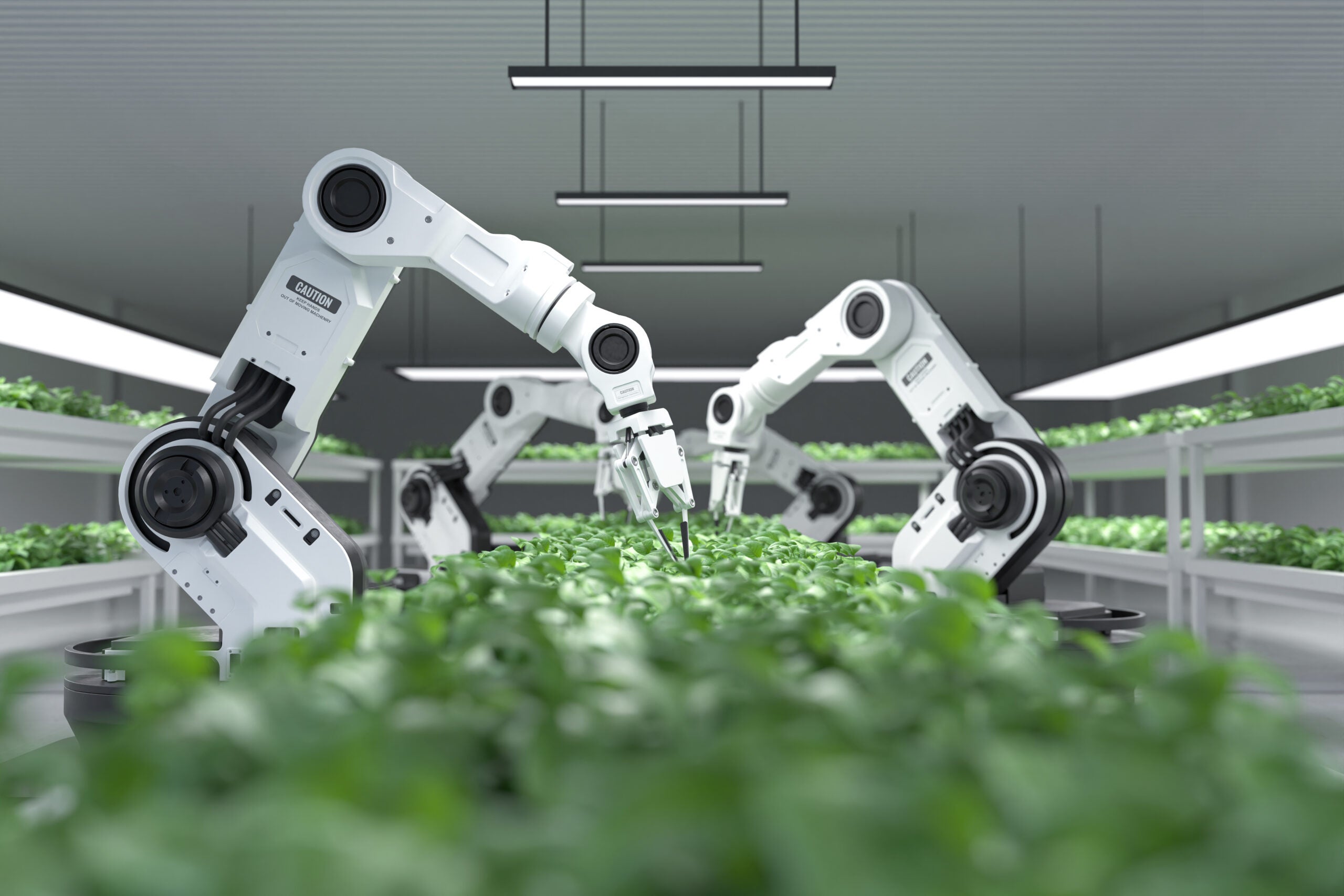
Food shortages are worsening. Supply chain woes, rapid population growth and Russia’s war in Ukraine have all aggravated the crisis. Fortunately, agricultural technology (agritech) experts believe vertical farming could be the solution.
Vertical farming is a type of controlled environment agriculture. It is the process of growing crops in vertically stacked layers indoors using smart technology. Moreover, vertical farms could help produce more food by using less resources and in shorter time.
No wonder then that several companies have started to develop different types of vertical farming, often using cutting-edge artificial intelligence (AI) and robotics.
“Over the last two years, a significant number of agribusinesses have considered moving from human-reliant farming to autonomous farm management systems,” Dmytro Lenniy, delivery director and agriyech practice leader at technology company intellias, tells Verdict.
What has caused the food shortages?
The growing food crisis has been caused by a number of factors. The pandemic disrupted supply chains, making it harder for already stretched out natural resources to keep up with rapid population growth.
In the UK, Brexit further restricted the flow of food and fuel. A YouGov poll in 2021 suggested that Britain had been more likely to suffer shortages in both those things than its EU neighbours.
How well do you really know your competitors?
Access the most comprehensive Company Profiles on the market, powered by GlobalData. Save hours of research. Gain competitive edge.

Thank you!
Your download email will arrive shortly
Not ready to buy yet? Download a free sample
We are confident about the unique quality of our Company Profiles. However, we want you to make the most beneficial decision for your business, so we offer a free sample that you can download by submitting the below form
By GlobalDataRussia’s invasion of Ukraine – one of the world’s major breadbaskets – has further exacerbated the food crisis. The conflict has caused the number of people who are acutely food insecure or at high risk to soar to a record high of 345 million people in 2022, according to a World Food Programme report.
As a consequence, experts are now calling for an agritech revolution.
“Farming needs to become more efficient, producing more food on less land and with fewer workers,” Rachel Foster Jones, thematic analyst at research firm GlobalData, tells Verdict.
Agritech producer are now utilising everything from genetic engineering to AI to make that happen. Vertical farming fits into this context.
What are the benefits of vertical farming?
On paper, vertical farming could have many benefits. The people promoting the market segment maintain that the agricultural branch could produce high yields that are not dependent on climate conditions.
Vertical farming could also accelerate crop cycles and increase the number of cycles per year. A full wheat crop cycle usually six to 10 months, but a speed breeding cycle only takes two to three months.
While traditional agriculture is dependent on changes in the weather, vertical farms can create their own controlled environment. This can help food supply issues caused by climate change, as extreme weather can affect crop yields and distance food has to travel. It uses less land mass and equipment compared to open farming.
“This ability to control all aspects of the growing environment also removes the requirement for any herbicides or pesticides, thus producing clean produce,” Jaz Singh, CEO and founder at Innovation Agri-Tech Group, tells Verdict.
Sudhanshu Sarronwala, chief impact officer at Infarm, tells Verdict that some vertical farms are “all hydroponics based, so we’re not actually using any soil.” He argues that this means vertical farms use up to 95% less land and water.
Vertical farms can also be built in urban localities, reducing food travel emissions by up to 90%, according to Sarronwala..
How could AI impact the future of vertical farming?
AI is already a leading technology in agriculture, including developing autonomous robots and AI powered agritech drones. It can help minimise waste and reduce pressures on natural resources.
Singh tells Verdict that AI could be the answer for developing new approaches to vertical farming.
“There is a demand for this industry to explore new and innovative ways to approach food production and tackle these challenges,” Singh says. “Investment in developing agritech solutions, in an effort to mitigate the risks to food security and supply, will include AI.”
AI can build a global network of urban vertical farms that are cloud connected. Vertical farms use AI and machine learning to help food shortage issues.
The technology can also be used to manage crops in vertical farming, according to intellias. This includes benefits such as reducing crop cycle failures, producing crops less prone to disease and crops adaptable to extreme weather conditions. Monitoring soil health, where AI can conduct chemical oil analyses.
Benefits also include protecting crops by monitoring plant growth, removing weeds and recommending pest treatments. AI can also be used to identify optimal irrigation patterns or nutrients and autonomously harvest the best crops.






